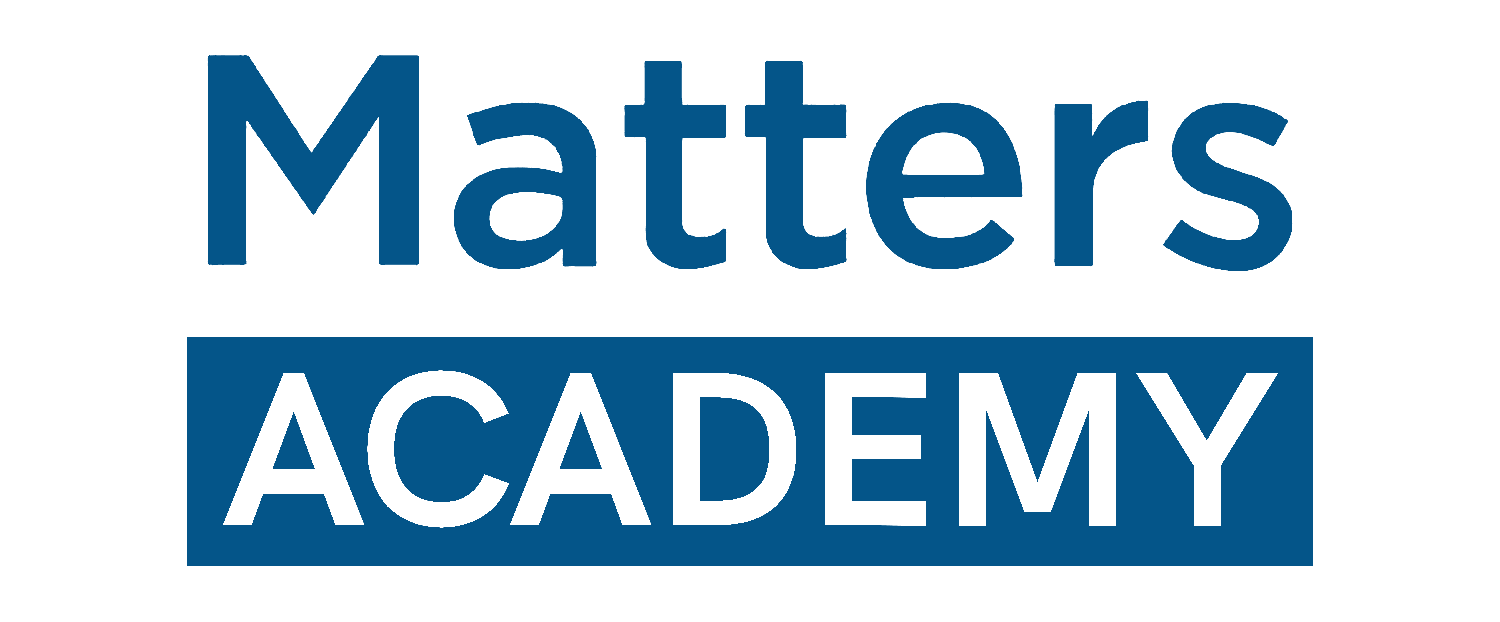Big Business and Biodiversity:
Are You Keeping Up with the TNFD Movement?

Biodiversity is now on the corporate agenda, and companies that fail to act risk falling behind. As leading firms begin adopting the Taskforce on Nature-related Financial Disclosures (TNFD) framework, the question remains: How can businesses integrate biodiversity conservation without compromising profitability?
Future-Fit Business Benchmark (FFBB) Alignment
For businesses navigating TNFD adoption, the Future-Fit Business Benchmark (FFBB) offers a structured approach to mitigating (and ideally eliminating) biodiversity-negative impact. Here are several Break-Even Goals (BEGs) that align with this shift:
- BE03-Natural Resources Are Managed to Respect the Welfare of Ecosystems, People, and Animals: Companies must harvest renewables sustainably, extract non-renewables responsibly, respect animal welfare, and prevent conflict or human rights violations. If they do not directly harvest, they should expand this consideration to their supply chains.
- BE08-Operations Do Not Encroach on Ecosystems or Communities: Respecting land rights, preserving biodiversity, and safeguarding cultural sites are essential for mitigating environmental damage when conducting and expanding operations.
- BE17-Products Do Not Harm People or the Environment: Ensuring that any goods and services companies provide, when used as intended, do not lead to environmental degradation or ecosystem disruption; TNFD disclosures can be leveraged to showcase transparency and commitment.
Beyond Compliance: Positive Pursuits for a Nature-Positive Business
FFBB doesn’t just call for harm reduction—it encourages businesses to accelerate positive change:
- PP12-Others Cause Less Ecosystem Degradation: By supporting companies in transitioning to regenerative agriculture, sustainable forestry, or low-impact mining, businesses can drive ecosystem protection.
- PP13-Ecosystems Are Restored: Leading firms are investing in reforestation, wetland restoration, and coral reef regeneration as part of their nature-positive strategies.
Progress Indicators: The Key to Measuring Nature-Positive Impact
To ensure that TNFD adoption leads to tangible results, businesses can integrate Future-Fit progress indicators:
- Land and water use impact assessments – Track hectares of land protected, restored, or sustainably managed.
- Supply chain biodiversity risk mapping – Identify and mitigate risks associated with sourcing from sensitive ecosystems.
- Regenerative investment disclosure – Report financial commitments to conservation, rewilding, and biodiversity-friendly innovation.
What’s Next?
TNFD isn’t just a reporting framework—it’s a signal that nature is entering the boardroom. Businesses that act early can position themselves as leaders in sustainable finance, supply chain resilience, and risk mitigation.
The time to move is now. Is your company ready to integrate TNFD into its sustainability strategy?
THIS ARTICLE WAS CREATED BY
ESG Matters
Founded by one of the sustainability pioneers Dr Glenn Frommer, ESG Matters specialises in ESG data analytics, intelligent sensing technologies and sustainability advisory. Since 2014, ESG Matters has been a creator of digital platform solutions to meet the needs of sustainable impact investing and green financing. Working closely with listed companies, SMEs, and various growing organisations, ESG Matters aims to address the global market through providing business process outsourcing (BPO) services and solutions to achieve the relevant sustainable development goals (SDGs) and building resilience to climate change.
To learn more, visit http://www.esgmatters.asia
To learn more, visit http://www.esgmatters.asia

